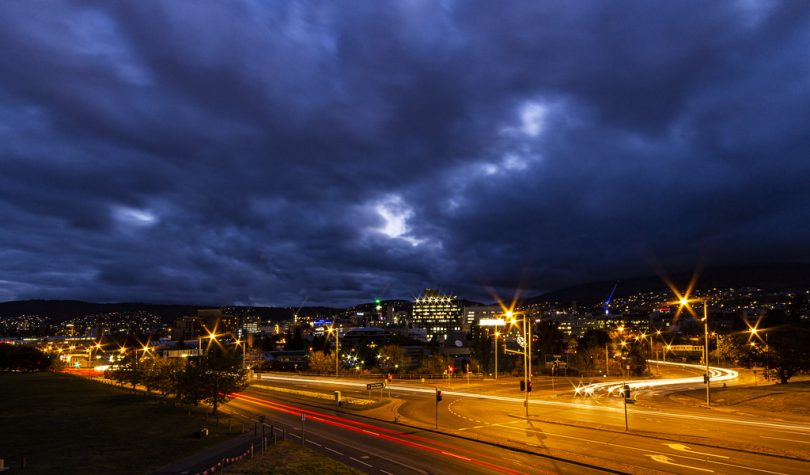The Australian Football League has dithered regarding the participation of its smallest state since its inception. Tasmania has long begged for a team of its own to play in the AFL, leading to the commission of a report into the prospect, launched by AFL Chief Executive Gillon McLachlan and Commission Chairman Richard Goyder and overseen by former AFL Commissioner, Colin Carter.
The results of the report hit mastheads in mid-August, as the AFL battled with lockdowns and coronavirus outbreaks. Carter found that the case for a team in Tasmania was strong, but the best form of that team remains to be found. Could Tasmania receive a license for a 19th team, or would an existing team need to be relocated?
Australian football is growing significantly domestically, as reported by the AFL in their annual reports. This number is being driven by a clear key factor: the growing participation of women, since the inception of the AFL Women’s competition in 2017. Women’s football has grown by over 642% since 2011, now making up 34% of all participants. For comparison, in 2011 female participants made up just under 12% of total football participants.
The singular fact is that Australian football is growing, and this is observable clearly in the data of each state. Not especially the growth of the game in New South Wales and Queensland, who are the two most recent states to have received a new AFL team.
Clear to this plot is the stagnation of growth in Tasmania, which is where Colin Carter’s report becomes important. Carter reports that the game of Australian football has survived for 150 years because of the support of the southern states, of which Tasmania is the only state excluded from competition. This he says has led to a shunning of the AFL by the state – explaining relatively low levels of growth, a drop in the number of Tasmanians drafted to the AFL, and low attendance numbers to games held in Tasmania.
Excluding pandemic-affected crowd attendances in 2020 and 2021, this trend illustrates that crowds have decreased by 11% at York Park, and by 22% at Bellerive Oval from 2011 to 2019. However, the decrease is 35% at Carrara Oval, home to the Gold Coast Suns, which despite the sport’s growth in Queensland have not seen growth in attendances since 2016. The trend is upward in Western Sydney and in Canberra, but it must be considered that the Giants have played AFL finals four times since their 2012 founding, while the Suns have never made the AFL finals. Team success must be seen as a contributing factor.
What is crucial to remember is that Tasmanians would have seen games in which no team of their own played in. The Gold Coast have the advantage of a home-town team, and a capacity of 25 000 at Carrara. York Park (21 000) and Bellerive Oval (20 000) lose out here as well.
Colin Carter’s report indicates that an AFL team in Tasmania would help rescue the sport from decline in the state and includes metrics that indicate a long-term improve in the sport, should an AFL team be based on the island. Quite simply, this isn’t measurable without present data. But we can look to the success of cricket after a team in Hobart was established in Australia’s Big Bash League.
The Hobart Hurricanes are one of eight teams in Australia’s domestic Twenty20 cricket competition. In the State Government of Tasmania’s 2019 report into the viability of a Tasmanian AFL team, it was found that following the team’s creation, cricket experienced a large leap in viewers, participation, and profit, with profit quadrupled over the space of four seasons.
The inference from Tasmania’s growth of cricket is that, given their own AFL team, the same growth would likely occur. A report delivered in 2018 indicated that Australian football was 67% more popular within the state than cricket. It seems exceptional likely that an Australian football team would then be not only well supported, but productive of high revenue.
Tasmania have supported other AFL teams near as well as the Gold Coast has supported a team of their own. Coupled with the clear precedent of the state’s support for an elite, hometown team, it is difficult to imagine a world in which a stand-alone Tasmanian AFL team is not supported – not a merged, or relocated team, but a team of Tasmania’s very own.
The Carter Report has delivered Tasmania the affirmation it needs. Now the AFL must decide how to introduce a team into the only state without an AFL team, which in the midst of a pandemic, looks to be the trickiest piece of organisation yet.
Sources:
AFL Annual Reports – https://www.afl.com.au/annual-reports
Colin Carter’s report – https://mcusercontent.com/7cd32ad25c565a577b74060a9/files/c5b8e967-0ac9-b076-13f5-c05aa0e8abfa/Carter_Review_Tasmania_Licence_2021.pdf
The Tasmanian report – http://www.premier.tas.gov.au/documents/AFL_Taskforce_Report_Tasmania.pdf








[…] Footy in Tasmania: Colin Carter’s report and why Tassie deserves an AFL team. […]